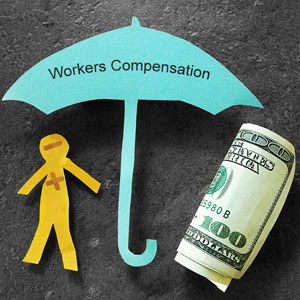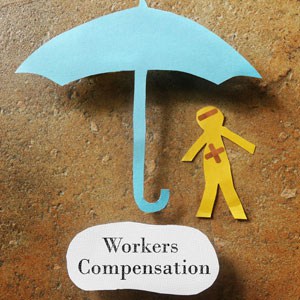
When it comes to filing for workers’ compensation after an injury or accident on the job, there are many decisions you will need to make. Some proactively, some implicitly. In this article, we will cover what you need to know to make those decisions in California, including: The deadlines for filing your workers' compensation claim in California. Why you do not need to worry about employer retaliation. How to choose your doctor, and what to tell them. How Long Do I Have To File A Workers' Compensation Claim In California? Injuries are not always obvious,…Read More

Workplace accidents and injuries take many forms. Each one has a different set of causes, circumstances, and outcomes. But there is only one way to be sure you get the financial compensation you need to cover your costs and lost income: workers’ compensation. This article dives deep into what makes for a strong California workplace compensation claim and how to prove it, including: The elements you will need to prove to get workers’ compensation. The evidence needed to prove a workers’ compensation claim in California. How to handle a qualified medical evaluator form without making…Read More

Workers’ compensation is an important but field of law that enables injured employees to obtain financial compensation for the harm they have suffered as part of their work. But these cases are rarely cut and dry; this article dives deeper into California’s workers’ compensation system, explaining: What happens when you are partially at fault for the injury you incurred in the workplace? Why you might not need to have been physically at your workplace when you are injured. What should you do if you believe you have a valid workers’ compensation claim? What Happens If…Read More

If you have ever suffered a workplace or work-related injury, you know the struggle of trying to get the compensation you deserve out of your employer and their insurance through California’s workers’ compensation system. This article covers the essentials every employee or worker ought to know about workers’ compensation in California, including: What insurance employers are required to carry, and when they can be called upon after a workplace injury. When an injury is considered work-related and thus eligible for workers’ compensation. Key examples to help you understand when your right to compensation applies. Are…Read More

The logging industry plays a vital role in the economy by providing firewood and lumber for buildings and other applications. Unfortunately, because of the nature of the industry, workers are at risk of suffering injuries. These hard workers face numerous hazards on a daily basis. Understanding them can help reduce the risk of an accident, but the onus to prevent injuries ultimately falls on employers, not the workers themselves. Cuts And Lacerations In the logging industry, cuts and lacerations are common injuries from using sharp tools and machinery, such as chainsaws and axes. The risk is particularly…Read More

Most injured workers count on workers’ compensation benefits to cover medical care costs and provide other benefits. But, getting these benefits isn’t always easy. A critical step in getting the benefits that one is due is selecting a qualified medical examiner (QME) in conjunction with one’s California workers’ compensation case. The choice directly influences the case outcome because the QME’s evaluation is crucial in determining the nature and extent of a worker’s injury. Understanding how to navigate this selection process is essential for a favorable outcome. In a workers’ compensation case, a QME is a licensed…Read More

The workers’ compensation system is designed to provide essential financial support, along with other kinds of assistance, to employees who suffer work-related injuries or illnesses. The supplemental job displacement benefit (SJDB) is one of the lesser-known forms of assistance injured workers can receive. When a complete recovery from an on-the-job injury or illness isn’t possible, SJDBs can provide new hope – and a chance to learn new skills – for workers who want to return to work, even if they can no longer go back to their old professions. The Key Features Of Supplemental Job Displacement Benefits…Read More

Despite the fact that workers’ comp can provide medical and financial lifelines for injured workers, few people want to be off work any longer than necessary. However, part of the workers’ compensation process is determining whether you need temporary or permanent work restrictions once you return. What Are Work Restrictions? Work restrictions are medical guidelines established by the doctor in charge of your care that are designed to modify or limit your work-related activities. Work restrictions are important to: Employee safety: The primary goal of work restrictions is to prevent you, the injured worker, from…Read More

There are two pressing financial factors that tend to affect those who have recently been hurt on the job in California. The first is the cost of medical care, which can be significant if an individual’s injury or medical condition is particularly severe. The second is the possibility of lost wages because someone cannot do their job as normal due to their medical condition. The California workers’ compensation program helps to reduce that financial stress on employees by providing them with benefits. Workers can typically receive full medical coverage for necessary treatment and disability benefits…Read More

Being injured on the job is never an easy experience for you. Depending on the severity of your injury, your life could be dramatically impacted by your injury, and it may take you years of therapy and medical treatment in order to recover. When you are injured, you rely on the workers’ compensation system in order to get the help you need. Called the Great Compromise, workers’ compensation provides you with the right to receive medical care from your employer if you are injured while at work during the performance of your work duties. However,…Read More